Dana Village
A ghost village sits atop a mountain within Jordan’s largest biosphere reserve.
Perched on the edge of a cliff above Wadi Dana in Jordan’s Tafileh Governate, a collection of picturesque stone houses and dirt roads interspersed with overgrown cacti stands as a living memory of what Arab villages looked like in the late 1800s. Located within the Dana Biosphere Reserve, the once-abandoned village has had a second life breathed into it in recent years by a growing ecotourism sector.
Though the majority of the Dana Village’s original inhabitants and their descendants now live a 10-minute drive away in Al-Qadisiyyah, their former homes have been reanimated with the lights of small ecolodges and restaurants catering to adventurous tourists hoping to spend long hours hiking in the valley below. Known as Wadi Dana, this giant canyon is actually part of the Jordan River Valley, which, in turn, constitutes a section of the Great Rift Valley.
It’s not hard to see why scores of nature lovers flock to this remote location. The biosphere is characterized by a number of seeming paradoxes that make for a fascinating experience. Tafileh, which is further south than all but two other governates, regularly receives more snow than most of the country, thanks to its high elevation. That’s not all that distinguishes the area, though. The Dana Biosphere Reserve includes no fewer than four bio-geographical zones—Mediterranean, Irano-Turanian, Saharo-Arabian, and Sudanian—making it a haven for at least 894 plants, 190 bird, 37 mammal, and 36 reptile species. Hikers are afforded the chance to observe life that can be difficult to spot elsewhere, such as the Spiny Tailed Lizard or the elusive Sand Cat, which is the only feline that spends the vast majority of its time in the desert.
This abundance of animals, plants, and water—which flows in the form of perennial streams fed by numerous springs, rain, and melted snow—has made Dana ideal for human habitation. Paleolithic people first called it home, but throughout history, it has been ruled by numerous great civilizations: Egyptian, Nabatean, Roman, Byzantine/Ghassanid, and Ottoman. During the Ottoman period, the Al Ata’ata tribe settled in the area and built what is now Dana Village.
Another attractive feature of Dana is its proximity to Wadi Faynan, which was second only to Cyprus in terms of copper production in the southern Mediterranean. Evidence of copper mining in Wadi Faynan dates all the way back some 5,000-plus years to the Chalcolithic period. Continuing all the way through the 4th century AD (with a final short burst of activity in the Mamluk Period), this copper production left behind over 200,000 pounds of slag. Additionally, the valley was a source of coveted minerals, further adding to its regional importance.
Manganese and phosphate mining is still a source of wealth, but with the spike in tourism, locals have begun exploring other livelihoods. Notably, Bedouin women have started craft-making collectives, and the profits gained from their handiwork are one way in which they participate in the local economy.
Know Before You Go
Tours of the village are offered, and tourism infrastructure such as eco-lodges and restaurants have sprung up through the village, which is also home to the offices of the Royal Society for the Conservation of Nature.

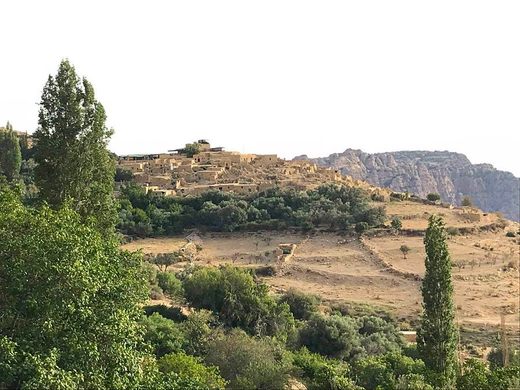
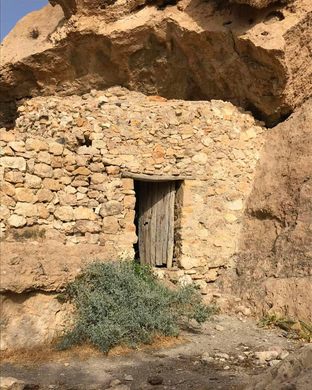

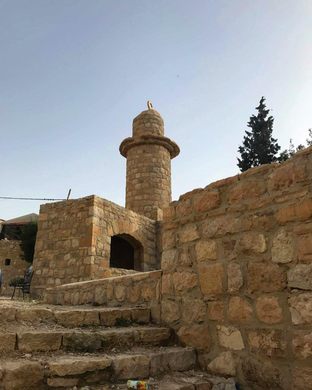
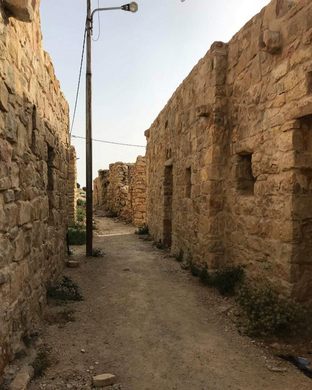
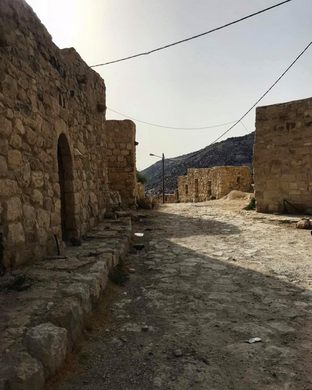


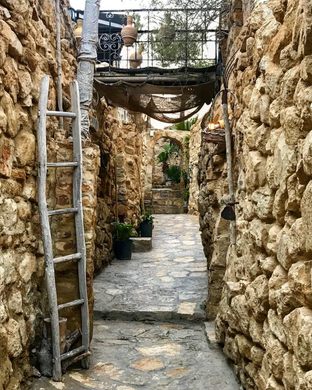
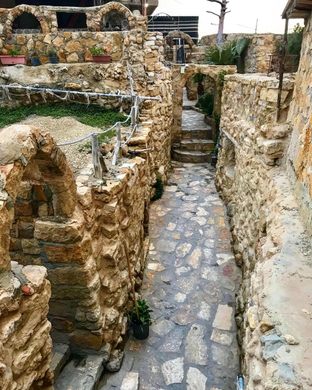





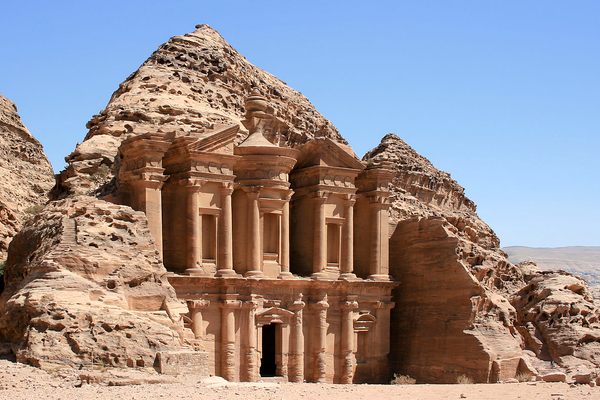
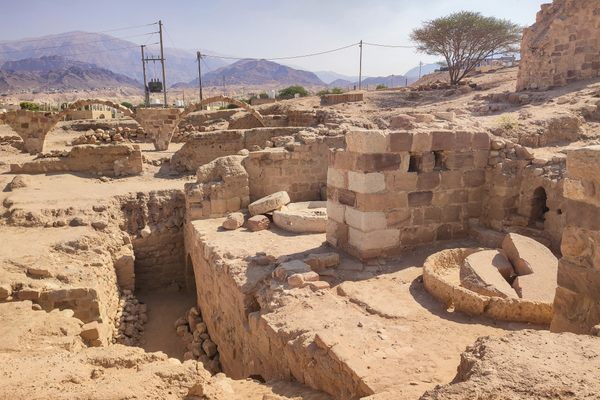
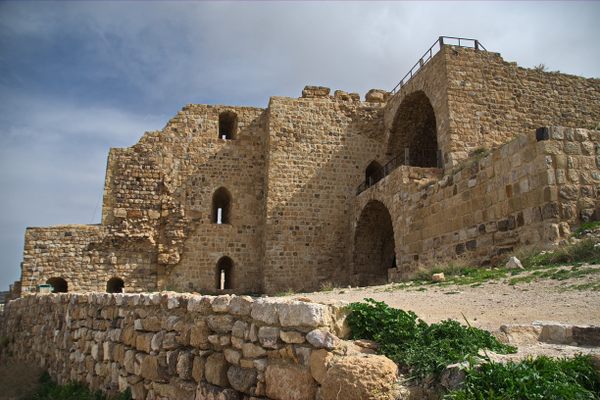

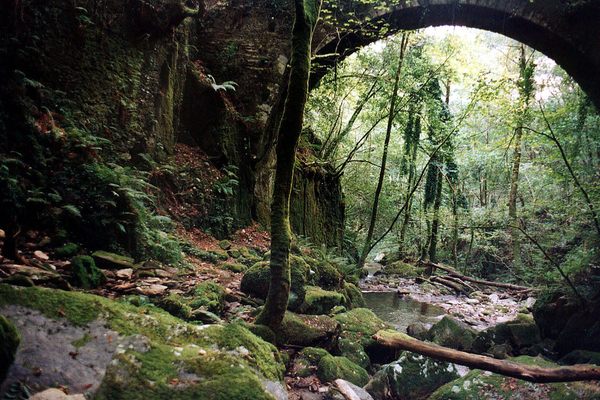

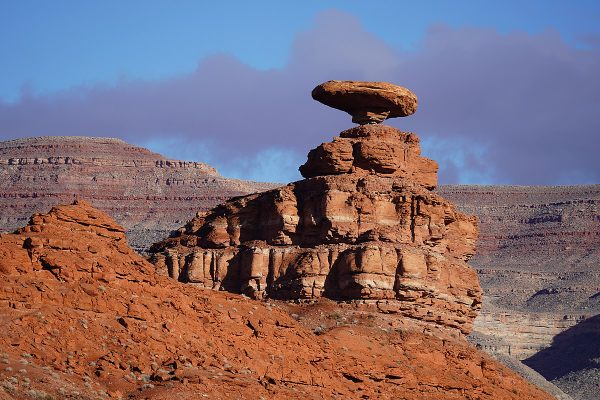

Follow us on Twitter to get the latest on the world's hidden wonders.
Like us on Facebook to get the latest on the world's hidden wonders.
Follow us on Twitter Like us on Facebook